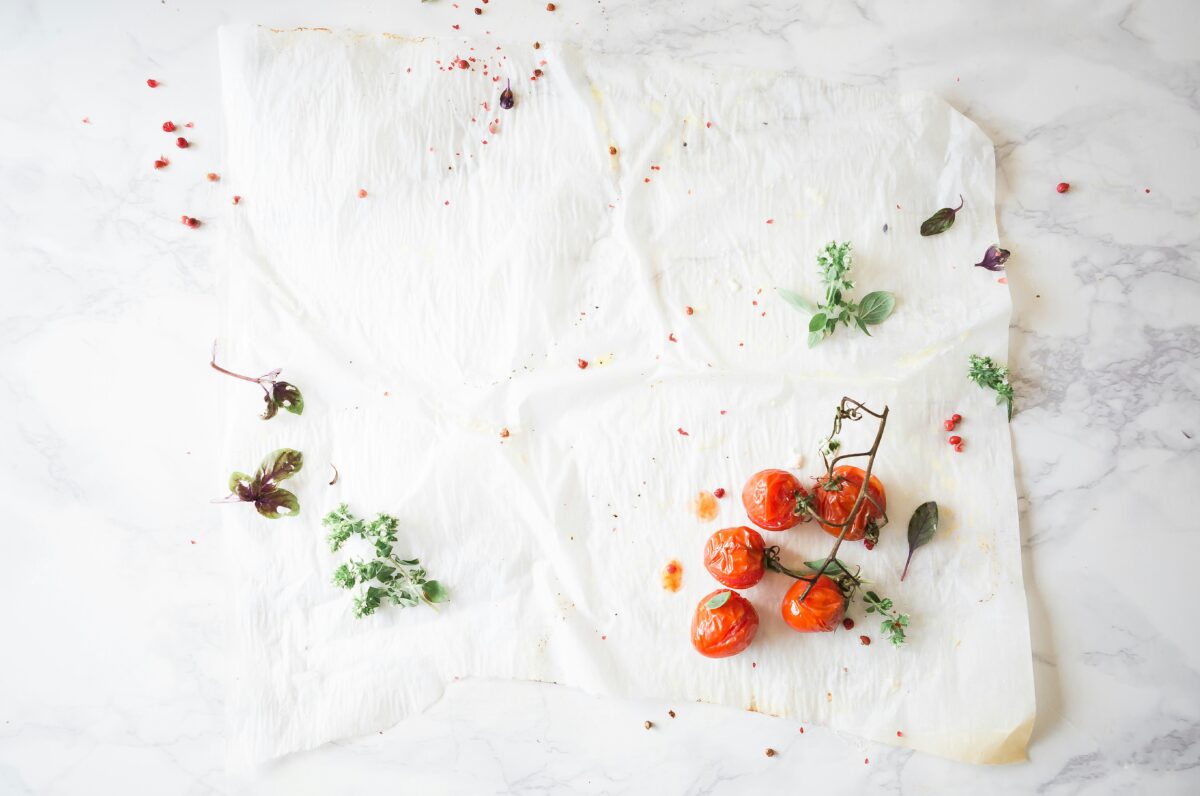A sharp knife is an essential for any kitchen and such a pleasure to use, but which type should you get? Indeed, how many do you need? While fancy kitchen knives have become somewhat of a status symbol recently, beginners can struggle to find a knife that suits their needs. Even entry-level knives can carry eye-watering price tags. So, what knives should a student chef buy and how many?
In his excellent collection of essays, Kitchen Confidential, the late American chef Anthony Bourdain advocated owning three knives: a chef’s knife (a large, 6-8-inch blade for most purposes), a paring knife (a smaller blade for finer tasks) and a serrated bread knife (as useful for bread as it is for tomatoes and other soft fruits). To paraphrase Bourdain, if you have to pick one, opt for a chef’s knife as it can pull off most tasks that other knives can achieve.
The downside, however, is that chef’s knives are usually too expensive for students on a budget. Moreover, they require regular sharpening (not so much a hindrance as a minor faff) and don’t lend themselves to shared kitchens where housemates, despite their best intentions, will use, misuse, abuse, damage, blunt, misplace or downright steal them. My trusty (and highly recommended) Robert Welch, 16cm chef’s knife has ended up in the cutlery drawer too many times to count. The problem with this, which is not immediately obvious, is that doing so leads them to lose their edge very quickly as they get bashed around with all the other cutlery.
Although you can find excellent chef’s knives at reasonable prices (my Robert Welch 16cm knife now costs around £58, although I must admit I got mine for much less back in 2020) such steals are hard to come by, and choosing the right knife remains a highly personal choice. We need, therefore, a cheaper and more utilitarian solution.
A while ago a friend told me a story about her sister, an established chef in her own right, and what her favourite knife was (in our circles, a completely legitimate subject of conversation). Rather than being a Japanese santoku with a Damascus blade or something similarly flashy, I was surprised to learn that her sister swears by the humble tomato slicer made by Victorinox. Having acquired one myself for about £7, I discovered much to my delight that its serrated and durable edge could make quick work of tomatoes, carrots, large loaves, and even a butternut squash (admittedly, at a push). I also found out that it could easily rip chunks out of my own flesh, including one embarrassing incident involving the knife meeting a mango and then, disturbingly, my finger. Without going into too much detail about how many times I have disfigured myself using this knife, it is worth mentioning that these knives are incredibly dangerous. You will be caught out by their sharp edge if you’re not careful, especially when they’re brand-new. Thankfully, they do become less lethal after some use. If you are considering buying one (and I very much hope that you do), please exercise great care when using them (and here’s a how-to video for beginners!).
All of that notwithstanding, I have never made such a sound investment in my own cookware for so little money. Not only do these blades cut almost everything, but they also retain their edge for a very long time, and you avoid the malarkey of sharpening them with every use. The downside, beyond their startling capacity to lop off your own limbs, is that you cannot re-sharpen them once they have gone blunt and therefore are not very environmentally sustainable. However, the one I bought myself way back in 2021 is still dicing celery and julienning basil with wild abandon, so it still has a while to go.
To showcase the utility of these Victorinox knives, here is my recipe for a traditional Greek salad. For this recipe, you will be cutting almost the whole spectrum of foodstuffs in terms of hardness, save for the dreaded butternut squash, for which I recommend a more substantial blade.
Greek salad/χωριάτικη σαλάτα (serves 2 as a side)
Ingredients:
3 tomatoes
Half a cucumber
A red onion
Red wine vinegar (or lemon)
Sea salt
A block of feta
Dried oregano
Good-quality extra virgin olive oil
Good-quality crusty bread
1. Peel and cut the red onion in two halves. Slice into strips.
2. Put the strips of onion into a bowl, sprinkle a little salt on them and drizzle with red wine vinegar. Leave for around 20 minutes (or less is fine if you’re in a rush). This process is called maceration, or quick-pickling, and helps to take off the dragon-breath edge of raw onion while improving the flavour.
3. Meanwhile, slice the tomatoes into chunks. Slice the cucumber across its width, then several times across its length, and cut into small chunks. Place the tomato and the cucumber slices in a bowl. Season with a pinch of sea salt.
4. Whisk around a tablespoon of olive oil with a tablespoon of red wine vinegar until combined. Pour over the tomato and cucumber slices and mix well.
5. Drain and add the onion strips. Mix. Check the seasoning, being careful not to add too much salt as the feta will add saltiness too.
6. Carefully open the packet of feta and place the entire block in one piece over the salad. Drizzle olive oil over the top of the cheese and dust with dried oregano. (in Greece, rather than serving feta in blocks, we cut up the cheese when serving ourselves at the table).7. Slice up some good-quality crusty bread to serve and dip into the juicy, tomatoey vinaigrette that inevitably forms at the bottom of the salad when you’ve finished it (this is the best bit).

